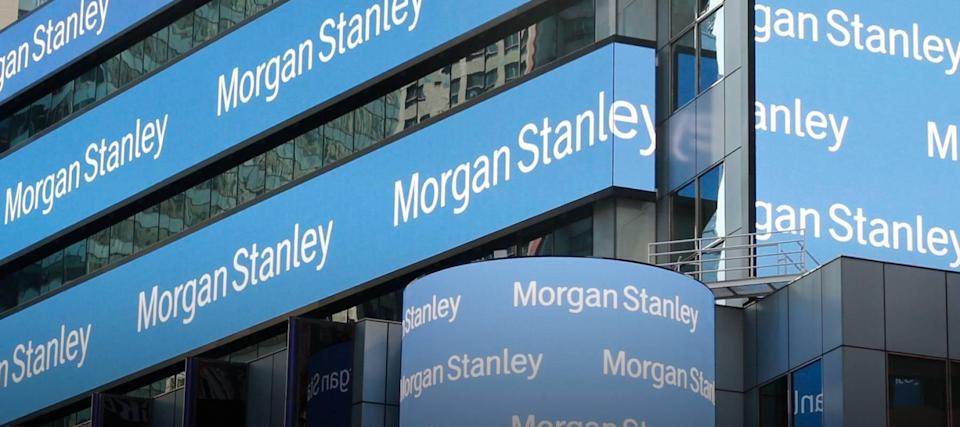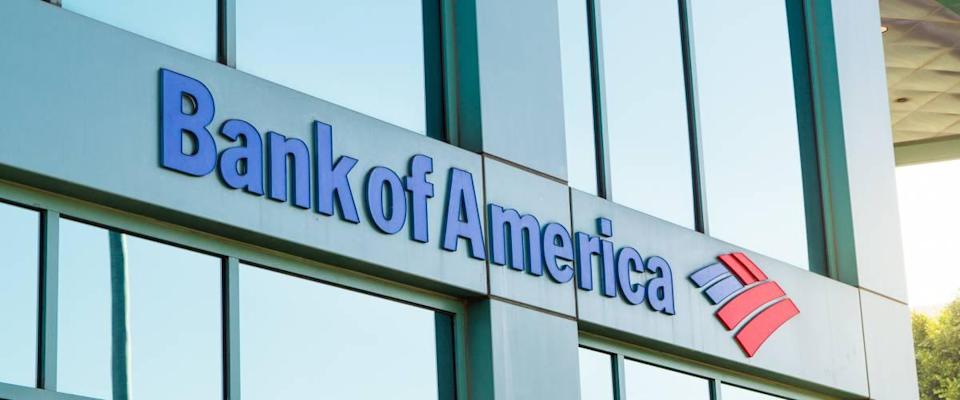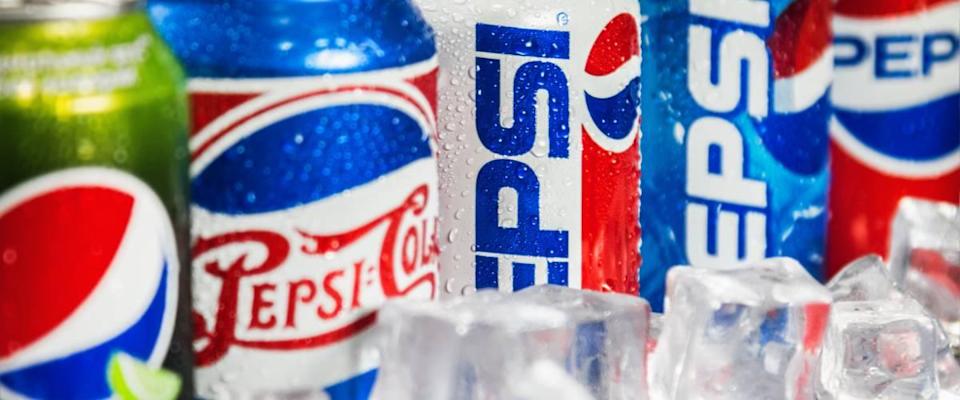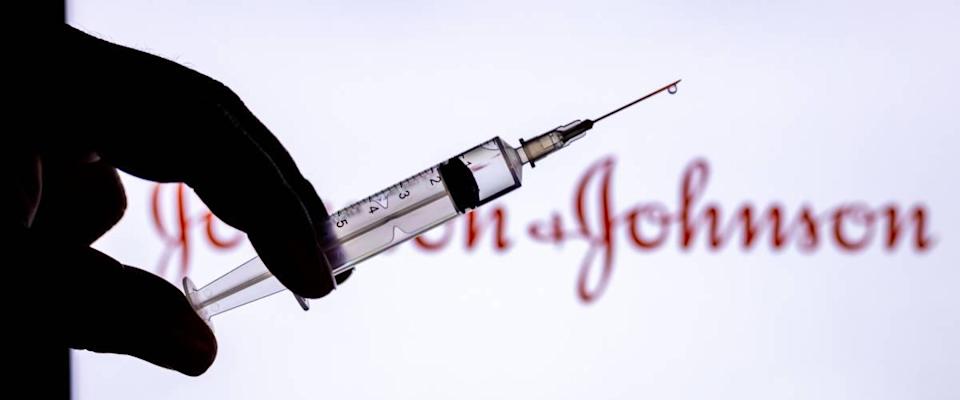
Slowing growth and tightening financial conditions.
That makes Mike Wilson, Morgan Stanley’s chief investment officer, nervous.
“In short, higher real rates should mean lower equity prices,” Wilson wrote last week in a note to clients. “Secondarily, they may also mean value over growth even as the overall equity market goes lower.”
Wilson also said in a recent interview that the firm’s call for a 10%-20% correction would be led by tech stocks as earnings estimates are too high.
Within that context, Wilson advised investors to favor defensive sectors such as healthcare, consumer staples, and financials.
Let’s take a quick look at a few possible plays from those areas — one of them could be worth buying with your spare change.
1. Financials: Bank of America (BAC)

Over the last decade, Bank of America has streamlined and refined its business practices and operations to rise from one of the lowest rated banks in the country to the second-largest bank by assets (roughly $2.3 trillion in total assets). With assets of $3 trillion, JPMorgan Chase is the biggest.
As the economy continues to recover from the pandemic and inflation continues to surge, interest rates are likely to rise, putting the bank is in a good position to continue its success. Banks benefit from higher rates through a wider “spread” — the difference in interest that they pay to customers and what they earn by investing.
And despite not quite hitting its earning mark last quarter, Bank of America delivered shareholders a dividend hike — upping its yield 17% from 18 cents to 21 cents per share. Currently, the shares offer a dividend yield of 1.9%.
Blue-chip investors might want to grab that yield using a free investing app.
2. Consumer Staples: PepsiCo (PEP)

Pepsico is so much more than a major cola and soda brand. Most consumers will be aware that Mountain Dew and Gatorade fall under the Pepsico umbrella.
But this food and beverage juggernaut also owns Frito-Lay, Quaker Foods, Tropicana, SodaStream and dozens of other brands across the world.
With everyone spending so much time at home, snack food consumption went way up during the pandemic — which was great news for Pepsi. In July, the company reported that net sales rose more than 20% year over year to $19.22 billion — nicely above expectations of $18 billion.
And the company is passing on some of those sweet (or salty, depending on your taste) dollars to shareholders through healthy dividends, which have been steadily increasing over the years. Over the past ten years, Pepsico’s dividend has grown at a compounded rate of 7.7% versus 6.1% from its main rival Coca-Cola.
Pepsico shares offer a dividend yield of 2.8%.
3. Health care: Johnson & Johnson (JNJ)

Between its business in medical devices, pharmaceuticals and consumer packaged goods, Johnson & Johnson has become a household name.
And more than that, its numerous subsidiaries including Band-Aid, Tylenol, Neutrogena, Listerine and Clean & Clear could stand on their own as successful brands.
JNJ’s diverse holdings in the health care segment ensures it’s able to ride out any economic slumps. And with a handful of industry-leading drugs for immunology and cancer treatment under its Janssen Pharamceutica arm, there’s a good deal of growth opportunity for JNJ.
The company’s Q2 results were buoyed by $12.59 billion in revenue from its COVID-19 shot over the year — with global sales of $164 million in the second quarter alone.
JNJ shared its success with shareholders through a dividend of $1.06 in the third quarter, up from $1.01 six months before.
The stock currently has a dividend yield of 2.7%.
Play defense like the super-rich
A word of caution is needed.
While Morgan Stanley’s suggestions make sense, one thing is for sure: Even the most defensive stocks can still take a violent tumble in the event of a market crash.
If you want to invest in something that has very little correlation with the ups and downs of the stock market, you might want to consider an overlooked asset — fine art.
Investing in fine art by the likes of Banksy and Andy Warhol used to be an option only for the ultra-rich.
But with a new investing platform, you can invest in iconic artworks too, just like Jeff Bezos and Peggy Guggenheim.
On average, contemporary artworks appreciate in value by 14% per year, easily topping the average returns of 9.5% you’d see with the S&P 500.
This article provides information only and should not be construed as advice. It is provided without warranty of any kind.
